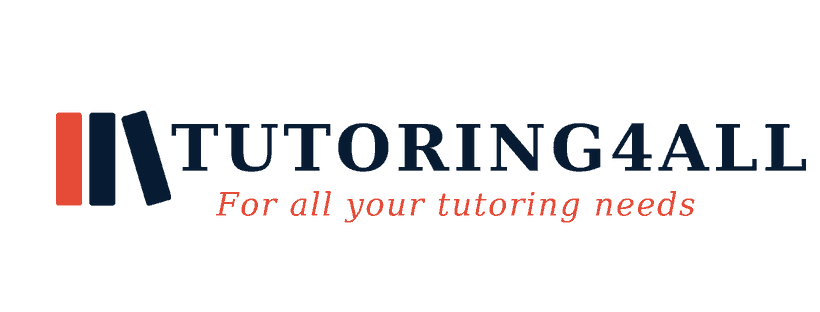There isn’t necessarily a right or wrong way of approaching your reflection. Rather, what you should focus on is including the elements set out below and then you will be in on your way.
Be sure to maintain paragraphs that contain a certain idea that your express with clarity.
One aspect that often goes ignored is the actual question of the reflection. Some questions are general which is great because it means you can answer without needing to refer to a specific element.
However, there are also cases where the reflection question asks you to address a certain element or factor that students often disregard because of exam conditions. So be sure to properly read it and consider it before you start writing.
The opening
- You must title your piece and refer to the title when opening the reflection
- Outline the way that you have engaged with the stimulus in your piece – how have you drawn in the conceptual ideas and included them?
- Identify the text type of your piece and the subsequent intention purpose of your piece…
- If Imaginative: What did you try and do you in your piece? Explore a point of view? Create an engaging story that was entertaining?
- If Discursive: Was your intention to reveal both aspects in such a way that audiences were invited to actively participate in the idea being presented to them?
- If Persuasive: Did your piece establish a credible voice that allowed readers to align their views with that as suggested?
- Avoid recounting the story. The reflection isn’t concerned with the content of the story so much as it is concern with the way that you wrote the story
- Refer to the prescribed text that has guided the creative choices you have made by way of title of the text and full name of the writer
- Depending on the question and approach, you may wish to break up the opening into two separate paragraphs.
The body paragraphs
- Set out the creative decision you have made (for example, the use of sensory imagery, rhetorical questions or a structural element)
- Justify/identify/reflect on the reason you have used this creative element. Consider why it was necessary for you to achieve your intended purpose through the use of the particular technique
- Quote from your piece where you have used the technique as your evidence
- As set out above, there isn’t necessarily a right or wrong way but usually you are not required to quote from your prescribed text, although at some schools this is the preference.
- Ensure there are links between the intention of your piece and the prescribed piece and how you borrowed linguistic elements from your prescribed text to achieve the same purpose
- Explore one decision per paragraph for clarity and avoid expression becoming lost. However, sometimes decisions work together with another or can be supported through the use of another element so in those circumstances you can include both
- Be sure to write in first person language and still maintain a formal tone, without it reading like an essay
The final paragraph
- Not even a paragraph in the traditional sense, 1-2 sentences will suffice
- Without being repetitive, you can reiterate what the intention of your piece was and how you were able to achieve it through the creative decisions you have made.
Following on we will have an annotated example so be sure to catch is to put the above into practice.
As always, any questions please let us know
